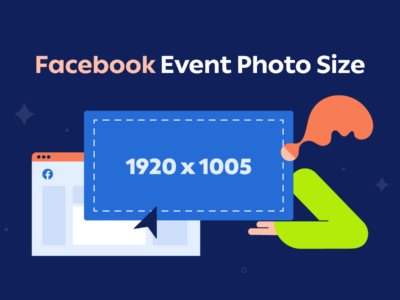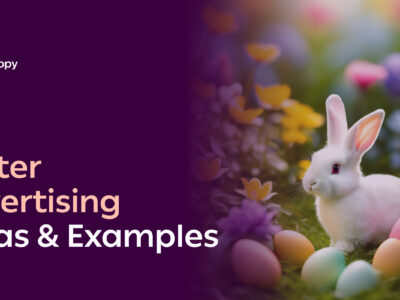At the end of September, TikTok announced that it has more than 1 billion monthly active users. This means that you can reach a large pool of consumers on the For You page through TikTok Ads.
On the other hand, Instagram surpassed 1 billion MAUs in 2018 and has over 500 million daily active users. While we don’t know how many people use Instagram Reels, we do know that its popularity continues to grow.
This is confirmed by the fact that, in June 2021, Instagram introduced Reels ads.
Since these two formats are rivals, we thought it would be a good idea to test their performance when it comes to exposure and brand awareness. For this, we ran similar video ad campaigns on the two platforms and had the same ad spend.
Experiment Overview
At the start of the experiment, we had over 5.5k followers on Instagram and only a handful on TikTok because the profile was created just a few days prior.
The two ads ran on TikTok and Instagram Reels from September 14, 2021, to October 5, 2021.
We used the same ad, a 15-second product presentation video, and the same ad copy.
In terms of audience targeting, we created the same setup for both platforms. This was extremely important because we needed to have the exact same variables to draw a clear conclusion.
The Hypothesis
We couldn’t help but debate internally which platform would win this experiment.
The PPC team agreed that TikTok will turn out victorious, mainly because this short-form video sharing platform drives engagement like no other. We believed that this would lead users to interact with ads more frequently.
Andreea Mehedin, Social Media Manager at Creatopy, placed the bet on TikTok as well, saying, “Considering TikTok’s success, evolution, and virality, I guessed that the ad would perform better on this platform. And I must mention I am a big fan of Instagram among all social media platforms.”
Download here the TikTok Ads vs. Instagram Reels ads case study to read the in-depth results and learn about the four interesting observations we had regarding the age group theory, organic boost, conversions, and reach.
Here are some of the key takeaways:
- The Instagram Reels ad performed way better than the TikTok Ad in terms of reach and impressions.
- The Instagram Reel ad had almost double the reach and approximately three times the number of impressions compared to the TikTok Ad.
- The TikTok Ad cost us more in terms of CPC, CPM, and cost per 1,000 people reached.
When you’re doing experiments with online advertising, the final results may surprise you. Just like we were surprised after we collected all the data from the two platforms.
It’s important to draw some conclusions but not to get too stuck on them.
Have you ever done similar experiments? If the answer is yes, what did you learn from them?






